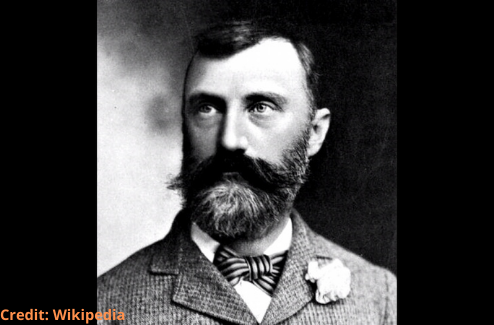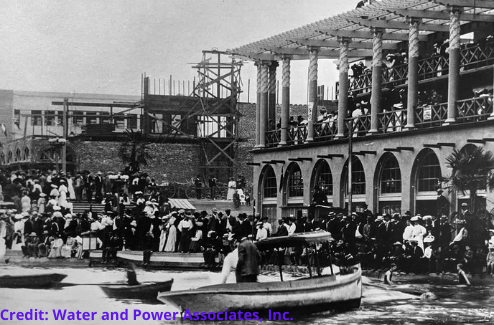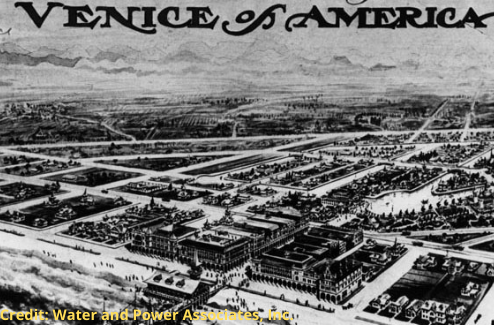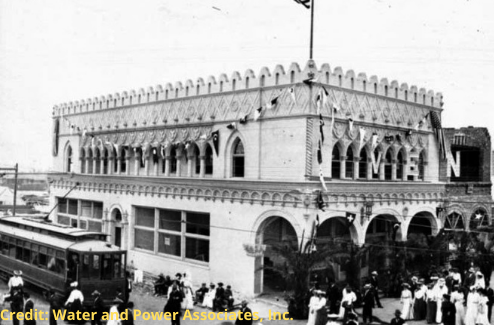
Doge
// noun // historical //
A doge was an elected lord and chief of state in several Italian city-states, notably Venice and Genoa, during the medieval and renaissance periods. Such states are referred to as "crowned republics".
The best way to understand Abbot Kinney’s importance to Venice is to recognize that Venice, CA wouldn’t exist if not for him. It would most likely remain the swampy marshes it was or a giant field of oil derricks. So, who is the man who envisioned a seaside resort where everyone else saw a useless tract of land?
Born in 1850 in New Jersey, Kinney grew up in Washington DC with a family that worked in politics and eventually owned and operated a very successful tobacco company. Upon finishing high school, he pursued his university education in Heidelberg, Paris, and Zurich. It was during this time that he fell in love with the culture, history and design of Venice, Italy on a walking tour which would later inspire his own Venice-of-America.
His wide array of work and travels instilled in him a sense of ambition and multicultural appreciation. He worked for the National Guard and a US Geological Surveying agency that took him up and down the east coast, to the Dakota Territories, Utah, Oregon, and California, including the Yosemite area. Later his work with his family’s tobacco business took him to Egypt and modern-day Turkey, where he narrowly escaped a military incursion. Throughout his travels, he drank in the rich cultures of Old World Europe, India, New Guinea, Australia, and Hawaii.


